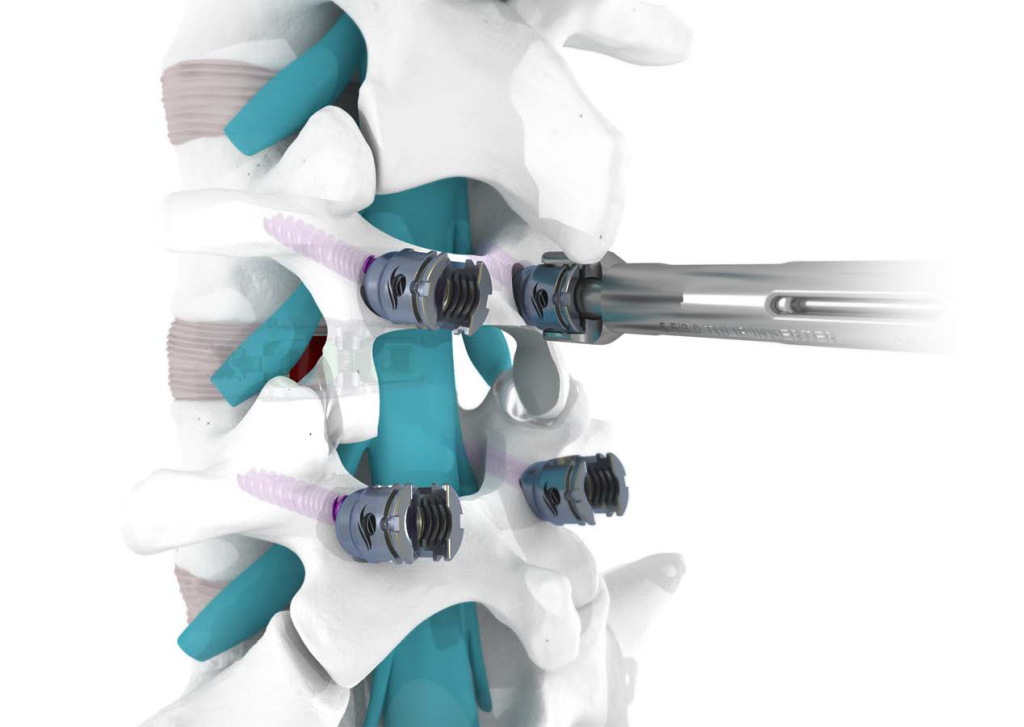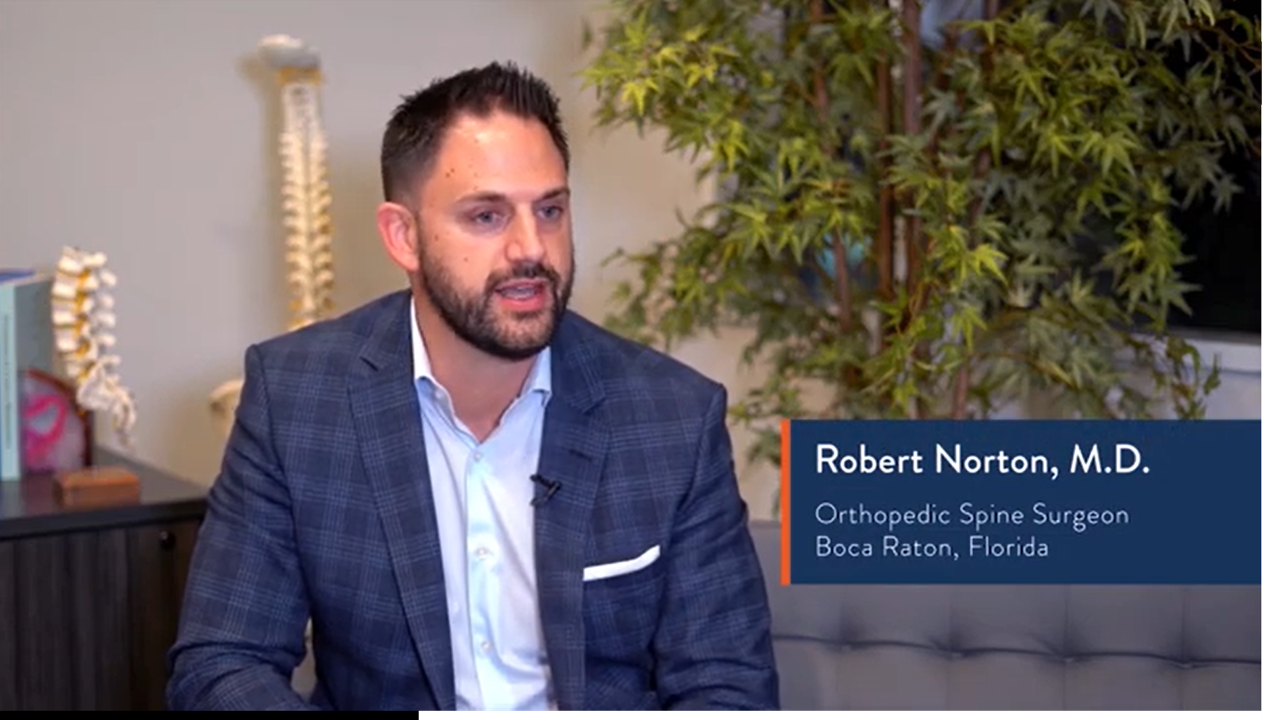Case Studies


Addressing Lumbar Stenosis and Spondylolisthesis with LineSider® Spinal System Modular Screws
Performed by Dmitri Sofianos, MD
Chatham Orthopaedic Associates
Clinical History
AGE/SEX
70-year-old female
SYMPTOMS
The patient presented with progressive back and leg pain, numbness, and weakness. She experienced radiculopathy, neurogenic claudication, and difficulty walking longer distances. Despite trying physical therapy, pain medications, nonsteroidal anti-inflammatories, and steroids, she found no long-term relief. The patient’s condition had worsened over the past three months, with increasing pain and weakness affecting her ability to perform daily activities, leading her to seek a consultation with Dr. Sofianos to discuss potential surgical options.
PRE-OP PAIN
The patient reported a baseline pain score of 7/10 with shooting, sharp, and throbbing pain. Her left leg symptoms had worsened by 50% since her last visit. Previous conservative treatments, including NSAIDs, physical therapy, and epidural injections, were unsuccessful.


PATHOLOGY
Preoperative imaging revealed lumbar spondylolisthesis, spinal stenosis without neurogenic claudication, and radiculopathy. MRI showed anterolisthesis at L4-5, diffuse spondylosis, facet arthropathy, and stenosis at multiple lumbar levels. The most severe findings included central and bilateral foraminal stenosis at L4-5.
Implants Used
LineSider Spinal System

Four Modular Screws
– One 6.5 x 40mm
– Three 6.5 x 35mm
Four Tulip Heads
Four Set Screws
Two Rods
– 5.5 X 40mm
Procedure
The decision was made to proceed with posterior lumbar decompression, followed by instrumented fusion using the Accelus® LineSider Spinal System with stereotactic guidance (Stealth™ O-arm™ Imaging System, Medtronic, Minneapolis, MN) aiding in precise screw placement and alignment through a minimally invasive approach.
LineSider modular screws (one 6.5 x 40mm, three 6.5 x 35mm), four tulip heads, four set screws, and two rods (5.5 x 40mm) were implanted during the procedure. Dr. Sofianos reported that the modularity of the LineSider system improved procedural visibility, versatility, and efficiency. This allowed him to place the screw shanks early in the procedure, followed by the modular tulips and rods at the end, effectively addressing the anatomical challenges at L4-5.
Outcomes

Following surgery, the patient experienced immediate relief from her previous symptoms. Her pain score dropped to 0/10, and her strength and mobility dramatically improved, enabling her to walk longer distances without discomfort. Radiographic imaging confirmed successful fusion, and at her follow-up appointments, the patient expressed high satisfaction with the results, having regained full functionality.
Flarehawk video case studies


Spondylolisthesis in Former U.S. Marine Parajumper
Rohit Vasan, M.D.





